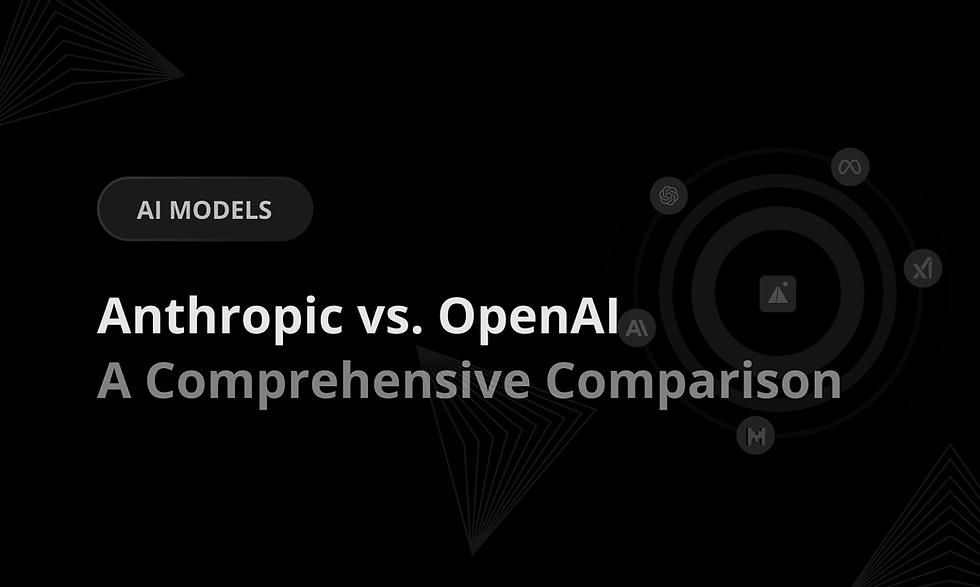Apple vs OpenAI: How Their Rivalry Is Shaping the Future of Artificial Intelligence and Everyday Tech
- Ethan Carter

- Aug 13
- 16 min read
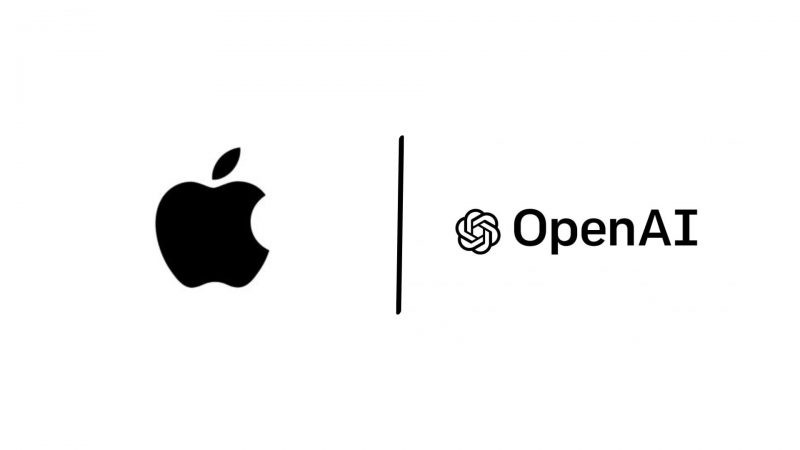
The phrase "Apple vs OpenAI" captures a modern competitive frame in which two very different approaches to artificial intelligence collide: one built around tightly integrated hardware and software, the other around large, general-purpose models delivered as platforms. This rivalry matters because it will shape everything from how fast new capabilities reach consumers to which businesses capture value and how regulators respond. For everyday users the outcome affects privacy, convenience, and interoperability. For developers and enterprises it defines whether the fastest path to innovation is through an API or through optimizing for device-level performance.
Key takeaways: Apple emphasizes product-driven, device-first AI and privacy-centric experiences; OpenAI pursues foundational models—large pretrained models intended to be fine-tuned or adapted across tasks—and platform distribution through APIs. Expect differences in R&D transparency, market and valuation pressures, the talent war for top ML engineers, and governance questions around concentration and safety. This article compares product vs platform strategies, examines research outputs and market dynamics, looks at talent and partnership moves (including the Jony Ive case), and explains practical impacts for consumers, developers, and policymakers.
1) Apple vs OpenAI: Origins, missions, and strategic differences in AI
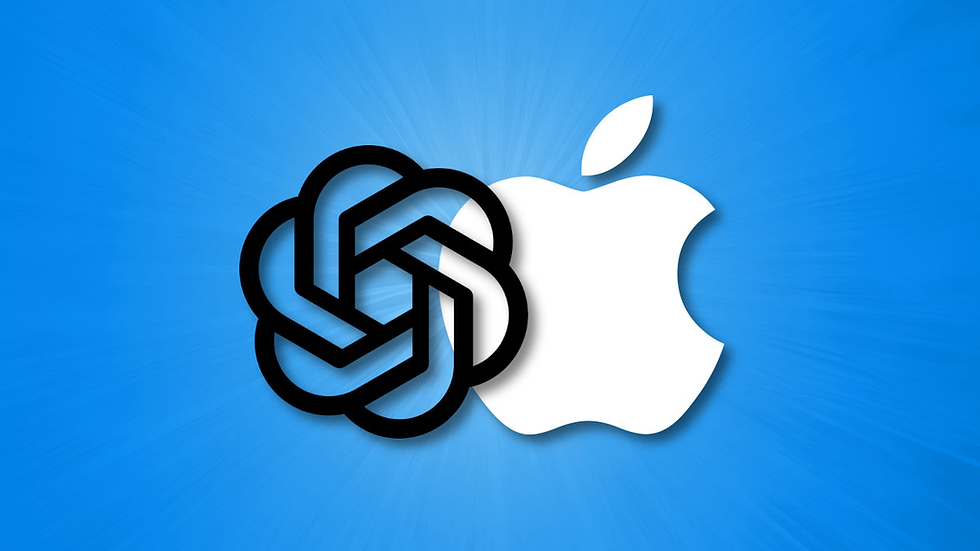
1.1 Company missions and product vs research mandates
At a high level, the Apple vs OpenAI comparison maps to two distinct founding missions. Apple’s public mission has long centered on building tightly integrated hardware, software, and services that deliver polished user experiences across a controlled ecosystem. That means AI is frequently embedded as a feature of devices and services, optimized for seamlessness and privacy. By contrast, OpenAI’s stated mission focuses on advancing safe and beneficial AGI via a research-first approach. Its technical trajectory emphasizes large-scale models and the broad applicability of those models across many downstream tasks.
Foundational model — a key term in OpenAI’s vocabulary — refers to a model trained at scale on diverse data that can be adapted for multiple applications. Apple’s approach is frequently device- or product-first, where the company adapts models to specific features (e.g., camera, Siri, system intelligence) rather than releasing general-purpose, standalone models for wide adaptation.
The difference manifests in who the primary customers are: Apple designs for end users and hardware buyers; OpenAI targets developers and enterprises who integrate model capabilities into products and services. That divergence shapes incentives, priorities, and the cadence of feature rollout.
1.2 Organizational structure and research units
Comparing Apple vs OpenAI research teams reveals structural contrasts. Apple’s machine learning work is distributed across product groups and a dedicated research organization that publishes selectively and focuses on system integration, privacy-preserving techniques, and on-device efficiency. See Apple’s machine learning research summaries at Apple machine learning research for representative topics.
OpenAI organizes around research labs that publish model papers, preprints, and demonstrations. Its output strategy mixes academic-style research with an API and product pipeline that quickly productizes research advances. That results in a high cadence of public model releases and papers hosted on OpenAI research.
These structures reflect different trade-offs: Apple prioritizes internal deployment and product quality across an ecosystem; OpenAI prioritizes open publication and broad developer access through platform tools.
1.3 What the different starting points mean for consumers and developers
Two technical terms matter for how choice translates to users: on-device inference — running ML models locally on a device without sending data to the cloud — and cloud-first model deployment — hosting large models on remote servers and serving predictions via APIs. Apple often favors on-device inference where practical, enabling lower-latency features and stronger data control. OpenAI’s current strength is cloud-first deployment of large models that require substantial compute and central management.
How Apple vs OpenAI choices affect everyday tech users comes down to trade-offs:
Privacy and latency: on-device models reduce data exposure and often respond faster.
Capability breadth: cloud-hosted foundational models unlock a wider range of complex generative and reasoning tasks.
Developer reach: APIs accelerate third-party innovation; platform lock-in is a risk when ecosystems are closed.
Insight: Consumers will see both styles converge in experience—some features will be local and private, others cloud-powered and generative—but the route each company takes will shape the competitive landscape for years.
Actionable takeaway: If you’re building a product that handles sensitive user data, design for on-device or hybrid inference early; if you need rapid prototyping of generative features, test with a cloud API model and architect for later on-device optimization.
Key takeaway: Apple prioritizes product-embedded, privacy-forward AI; OpenAI prioritizes model-first, platform distribution—two poles that define many downstream choices in the ecosystem.
2) Apple vs OpenAI: Product strategies and ecosystem integration shaping everyday tech
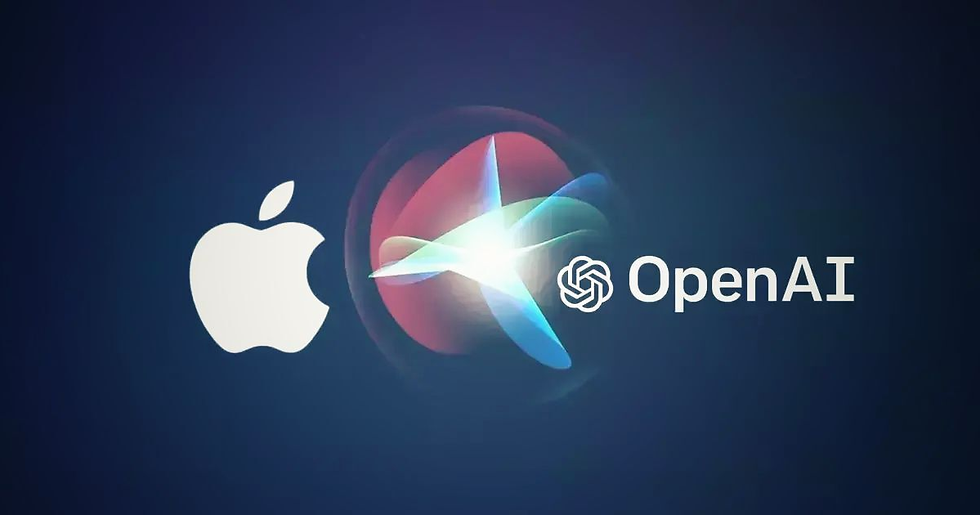
2.1 Apple’s ecosystem-driven AI: hardware, privacy, and seamless UX
Apple vs OpenAI in product strategy: Apple’s ecosystem approach centers on optimizing AI to the constraints and opportunities of its hardware family. That includes the A-series and M-series chips with neural engines, frameworks like Core ML, and system-level features that integrate AI into photos, messaging, accessibility, and device security. Apple’s narrative is privacy-forward: features like on-device personalization and differential privacy techniques are part of a trust argument that resonates with consumers.
This integration drives a particular user experience: features that work out of the box, consistent across devices, and tightly curated for quality. Because Apple controls hardware and software, it can tune models to run efficiently on-device, reducing cloud dependence while preserving battery life and latency.
Insight: Design for the whole system, not just the model—Apple’s advantage is optimizing across silicon, OS, and app frameworks.
Actionable takeaway: Developers who prioritize privacy-sensitive applications should leverage Apple’s SDKs and on-device models to reduce compliance overhead and to deliver faster, local interactions.
2.2 OpenAI’s platform and API approach: general-purpose models and developer reach
Apple vs OpenAI product reach is a study in scale and openness. OpenAI’s API-first distribution has enabled rapid third-party adoption across startups and incumbents, accelerating feature experimentation in fields like customer service, content generation, and coding assistants. The GPT family demonstrates how a general-purpose model can become a foundational building block for many verticals.
OpenAI’s go-to-market focuses on broad developer access, iterative improvements to underlying models, and monetization through API usage and enterprise products. That model supports faster innovation cycles for software innovators who can plug in capabilities without building large models themselves.
Insight: APIs democratize capability but require robust guardrails to manage misuse and inconsistent user experience.
Actionable takeaway: If you need rapid iteration on generative features or multi-turn conversational agents, prototype on an API-first model and plan for production scaling, cost controls, and safety layers.
2.3 Interoperability, partnerships, and the consumer experience trade-offs
Apple vs OpenAI interoperability highlights contrasting trade-offs: Apple’s closed ecosystem ensures consistent UX and higher control at the price of developer constraints. OpenAI’s open (API) approach accelerates third-party innovation but can produce fragmented UX and varied safety implementations.
Partnerships are a pragmatic solution. Apple may partner selectively with vendors for cloud features while keeping core experiences in-house. OpenAI forms integrations with platform providers and strategic partners—sometimes hiring designers or engineers from product-focused firms to improve consumer hardware integration.
Insight: A middle path—open APIs plus curated platform integrations—can balance innovation with a consistent user experience.
Actionable takeaway: Companies should define clear integration contracts: use APIs for core capability, but enforce UI/UX and safety standards through partnership agreements or SDKs to maintain product quality.
Key takeaway: Apple’s strength lies in polished, privacy-focused product integration; OpenAI’s strength lies in broad developer reach and rapid capability distribution. The consumer benefits depend on how these trade-offs are resolved in products and partnerships.
3) Apple vs OpenAI: Research outputs, academic contributions, and the technical roadmaps

3.1 Comparing research publication styles and transparency
When comparing research transparency in Apple vs OpenAI, patterns emerge in publication style. OpenAI frequently publishes papers, model cards, and blog posts describing architectures, scaling laws, and evaluation results. Its public-facing research invites academic scrutiny and accelerates adoption.
Apple, by contrast, publishes selectively and often focuses on system-level research—efficiency improvements, privacy-preserving methods, and discipline-specific ML advances. Apple’s publications tend to emphasize applied outcomes and engineering trade-offs tied to product needs; see examples at Apple machine learning research. OpenAI’s research outputs are collected at OpenAI research.
Both approaches contribute to the field but in different ways: OpenAI pushes boundaries on scale and generality; Apple refines techniques for efficiency, privacy, and production robustness.
3.2 Industry/academic landscape: market concentration and research centralization
Market concentration in Apple vs OpenAI era is a salient academic finding. Recent landscape studies indicate a trend toward concentration of compute, data, and talent in a handful of large organizations. Papers such as arXiv: Market concentration study (2311.01550) and broader mappings of the AI industry arXiv: AI industry landscape (2312.00043) document how research capacity is unevenly distributed.
Concentration matters because it shapes topic selection, the kinds of safety and governance research prioritized, and the cost barrier to entry for reproducing leading models. Centralization increases the influence of major players on standards and norms, and it raises questions about competitiveness and long-term innovation diversity.
Insight: A concentrated research landscape accelerates some innovations but risks aligning incentives around a limited set of priorities.
Actionable takeaway: Academic labs and startups should focus on reproducible, efficient methods and open benchmarks to remain competitive; policymakers should monitor concentration metrics to guide regulatory design.
3.3 Technical focus differences: model scale, system design, on-device optimization
The technical focus in Apple vs OpenAI diverges in concrete engineering choices:
OpenAI emphasizes model scale and transferability—training large models on broad datasets and making them adaptable for many tasks. This approach often requires massive cloud infrastructure and leads to breakthroughs in language, vision, and multimodal AI.
Apple emphasizes system design and on-device optimization—reducing parameter counts where possible, compressing models, and innovating in compiler and hardware co-design to make models practical on phones and laptops.
These differences create complementary research opportunities: efficient model architectures, distillation techniques, and hybrid architectures that combine a small local model for privacy-sensitive tasks with cloud models for heavy-lift reasoning.
Actionable takeaway: Engineers should design hybrid architectures now—use compact on-device models for personalization and latency-sensitive tasks and leverage cloud-based models for episodic, compute-heavy processing.
Key takeaway: Open publication of foundational models accelerates downstream innovation but raises reproducibility gaps; Apple’s applied research improves production viability of AI in consumer hardware.
4) Apple vs OpenAI: Market dynamics, valuation, and investment trends shaping competition
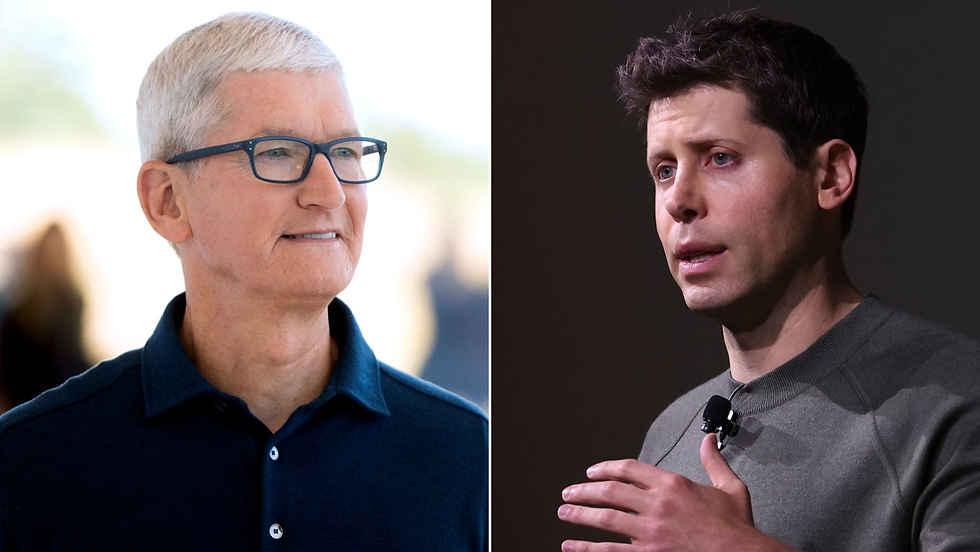
4.1 OpenAI’s valuation and “key man risk”: implications for competitive positioning
Financial implications in Apple vs OpenAI rivalry are evident in investor sentiment and valuation dynamics. High-profile commentary has flagged OpenAI’s valuation and the risk associated with concentration of leadership and vision at the firm. Investors often price both opportunity and risk—rapid growth potential from platform monetization balanced against execution and governance risks described in coverage such as Reuters’ analysis of OpenAI’s valuation and “key man” exposure (Reuters commentary on OpenAI valuation).
For Apple, valuation pressure differs: Apple’s market position is linked to hardware sales, services growth, and an established ecosystem. The competitive threat from an innovative platform like OpenAI pressures incumbent firms to accelerate investments but also empowers Apple to leverage deep pockets and product synergies.
Insight: High valuations can enable rapid hiring and partnerships—but they also heighten scrutiny and short-term return expectations.
Actionable takeaway: Corporate strategists should hedge by diversifying investment in both internal R&D and external partnerships to balance speed and stability.
4.2 Market concentration trends and what they mean for dominant players
Market concentration in Apple vs OpenAI age implies that a small number of firms control disproportionate compute, datasets, and top talent. The arXiv market study cited earlier (arXiv: Market concentration study (2311.01550)) suggests barriers to entry that could entrench incumbents and shape regulatory intervention.
For dominant players, concentration yields two strategies: double down on exclusivity and integration to preserve margins, or adopt more open approaches to reduce regulatory pressure and spur ecosystem growth. Each choice carries trade-offs—exclusivity can boost short-term revenue but invite antitrust scrutiny; openness can foster a larger market but dilute control.
Actionable takeaway: Companies should map their exposure to concentration risk and build scenario plans for potential regulatory changes that may require data portability or model access provisions.
4.3 Investment flows, product monetization, and business model divergence
Monetization strategies under Apple vs OpenAI diverge significantly. OpenAI’s model is API-based monetization, charging developers for usage while offering enterprise contracts for scale. This encourages broad adoption and quick revenue capture. Apple’s monetization is tightly woven into hardware sales and services—AI features enhance device value and drive retention, indirectly supporting a premium pricing strategy.
Investment flows reflect these models: venture and cloud spending gravitate toward API-accessible startups and compute providers, while Apple continues to invest in silicon, manufacturing, and vertically integrated services.
Insight: Business model choices determine where R&D dollars flow—platform players attract software talent and cloud partnerships; device-first firms invest in hardware and secure supply chains.
Actionable takeaway: For investors and corporate planners: evaluate companies on product-market fit and monetization clarity—platform revenue scales differently from hardware-driven margins.
Key takeaway: Financial signals influence strategic tempo: high valuations accelerate productization at scale, while ecosystem incumbents leverage integration to defend market share.
5) Apple vs OpenAI: Talent wars, partnerships, and case studies
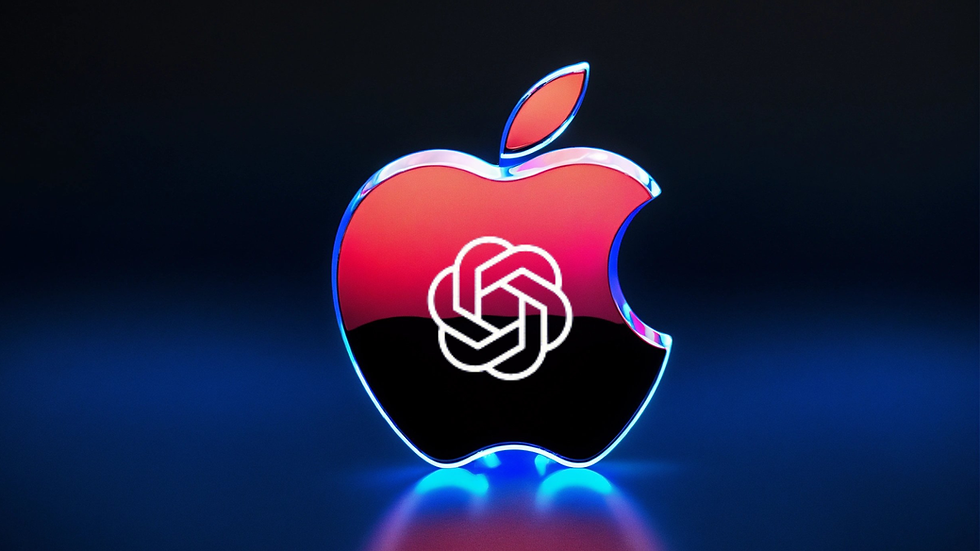
5.1 The AI talent race: recruiting, retention, and its effect on innovation
The talent war in Apple vs OpenAI rivalry is one of the most visible battlegrounds. Leading AI researchers and engineers are scarce; firms compete heavily on compensation, mission, and career opportunities. Reporting in outlets like the Financial Times documents how firms across the AI landscape struggle to recruit and retain top talent (FT: talent acquisition coverage). The effect of this scarcity is twofold: short-term hiring drives capability but long-term retention depends on meaningful technical challenges and clear product impact.
Large, established firms like Apple can offer stability, hardware engineering prestige, and the chance to see work ship at consumer scale. OpenAI and similar startups offer rapid research autonomy and the excitement of shaping new paradigms. That dynamic shapes how innovations get prioritized and how quickly they become products.
Insight: Talent follows the intersection of autonomy, mission, and market impact.
Actionable takeaway: Organizations should invest in internal training pipelines, partnerships with academia, and compelling technical roadmaps to attract and retain the best talent.
5.2 Strategic partnerships and the Jony Ive case study
Partnerships that define Apple vs OpenAI dynamics include high-profile design and hardware collaborations. The Jony Ive partnership with OpenAI offers a concrete signal: when a world-class product designer associated with Apple joins forces with a leading AI platform, it suggests an intent to pursue hardware–software hybrids and consumer-grade physical products (FT: Jony Ive partnership coverage).
Such moves have strategic implications: they signal that OpenAI is not solely a software platform but may move toward creating or influencing hardware product experiences. For Apple, seeing former design leaders collaborate with AI platforms intensifies competitive pressure and highlights the value of design-driven AI experiences.
Insight: Design and industrial partnerships can shift the competitive frontier from pure software to tangible consumer products.
Actionable takeaway: Watch for signals in executive hires and design partnerships as predictors of new product categories—investors and partners should re-evaluate assumptions about which firms will lead user-facing innovation.
5.3 Corporate M&A, alliances, and alternative strategies to win the AI war
M&A, alliances and the Apple vs OpenAI competition will likely accelerate as each firm seeks missing capabilities. Potential targets include specialized chip designers, human-computer interaction teams, and niche AI startups with proprietary data or models. Alternative strategies include deep alliances with cloud providers, licensing agreements, or joint ventures for consumer hardware.
Startups can exploit platform openness by integrating OpenAI’s APIs for capabilities while designing hardware or system-level differentiators that take advantage of Apple-style integration. Conversely, incumbents can acquire cutting-edge research teams to boost internal capabilities.
Actionable takeaway: Corporations should build acquisition scouting lists aligned to strategic gaps (e.g., multimodal vision models, efficient compilers, sensor design) and standardize post-acquisition integration playbooks to preserve talent and speed productization.
Key takeaway: Talent and partnerships determine not only immediate capability but also the direction of product innovation—design hires like Jony Ive are a strong signal of platform-to-hardware expansion.
6) Apple vs OpenAI: Everyday applications, user scenarios, and developer use cases
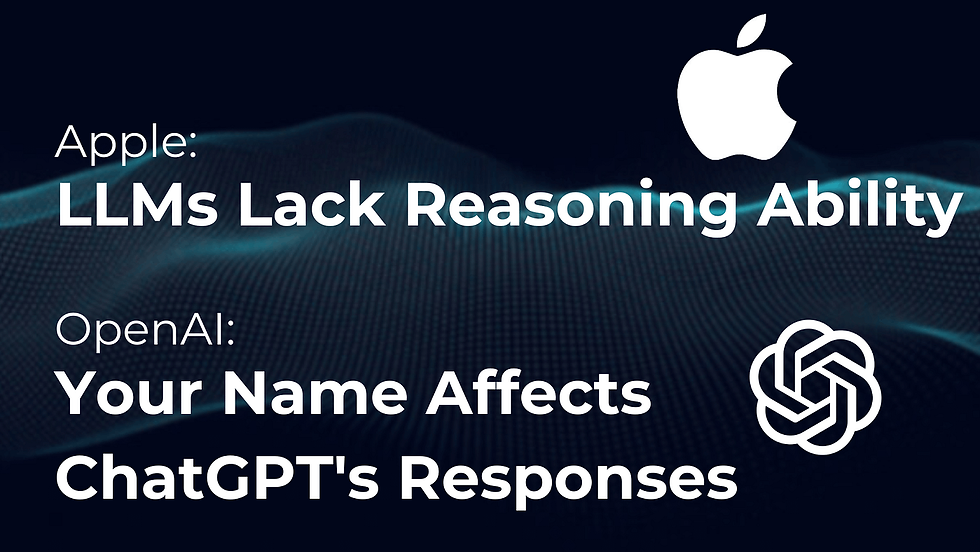
6.1 Consumer-facing scenarios: assistants, creative tools, and device features
The consumer impact of Apple vs OpenAI features will be visible in assistants, creative tooling, and core device experiences. Apple’s voice and assistant features will tend to prioritize privacy, personalized suggestions, and tight integration with system apps. OpenAI-powered features—delivered via cloud APIs—will be strong in generative creative tasks (writing, image generation, code synthesis) and advanced conversational agents.
Examples:
A photo-editing assistant on an iPhone might run a compressed model locally to suggest edits and preserve original photos on-device.
A cloud-powered creative tool could generate multi-scene storyboards by invoking a large multimodal model for high-quality outputs.
Insight: Users will benefit from richer features but must weigh privacy trade-offs in choosing devices and services.
Actionable takeaway: Consumers should evaluate features by both capability and data handling—look for transparency about where processing happens (on-device vs cloud).
6.2 Developer tools and third-party integrations: API vs SDK strategies
Developer implications in Apple vs OpenAI competition are straightforward: OpenAI’s API approach enables rapid third-party innovation and lowers the cost of entry for startups building generative features. Apple’s SDKs and hardware constraints favor developers who build for a consistent platform experience and adhere to stricter privacy and performance guidelines.
For many teams, a hybrid strategy works: prototype with OpenAI-style APIs and then migrate or optimize critical components to on-device models as product requirements for latency, privacy, or offline capability emerge.
Actionable takeaway: Startups should design modular architectures that allow swapping the backend between cloud APIs and on-device models without rewriting client logic.
6.3 Sector-specific use cases: education, healthcare, and productivity
Use case contrasts under Apple vs OpenAI tell a clear story:
Education: Apple’s device trust model supports privacy-conscious personalization and offline learning aids; OpenAI enables adaptive tutoring and content generation at scale.
Healthcare: Apple’s device sensors and on-device analytics fit tightly with HIPAA-conscious workflows; OpenAI’s models can support clinical decision support and summarization but require strict controls and enterprise agreements.
Productivity: OpenAI’s models supercharge drafting, coding, and summarization; Apple integrates contextual assistance into apps and system workflows.
Actionable takeaway: Organizations in regulated sectors should combine on-device data handling for sensitive information with cloud models for heavy analytics—ensuring compliance while leveraging model power.
6.4 Short case examples: Jony Ive hardware collaboration as signal for new product categories
Product signals in Apple vs OpenAI rivalry are evident when design and hardware expertise joins model platforms. Quick scenarios:
A home device with elegant industrial design that pairs a local assistant for private commands with cloud-based generative capabilities for complex tasks.
Wearables that use on-device personalization to reduce data transmission while leveraging cloud models for occasional heavy analysis.
Insight: Design-driven hardware collaborations could expand the competitive field beyond phones and laptops into new consumer categories.
Actionable takeaway: Product teams should prototype physical-digital interactions early and test mixed computation architectures (local + cloud) to validate UX and privacy claims.
Key takeaway: Consumers and developers benefit from diverse approaches—expect hybrid products combining Apple-style privacy with OpenAI-style generativity.
7) Apple vs OpenAI: Challenges, governance, ethics, and solutions for responsible AI

7.1 Talent scarcity and workforce sustainability (problems and internal R&D solutions)
Addressing talent challenges in Apple vs OpenAI dynamics begins with recognizing scarcity. The Financial Times documents aggressive recruiting and retention challenges across AI firms (FT: talent acquisition coverage). Practical mitigations include:
Building internal pipelines: internships, partnerships with universities, and reskilling programs.
Establishing research-to-product rotation programs so researchers see real-world impact.
Forming selective partnerships to access specialized skill sets without full-time hiring.
Actionable takeaway: Companies should allocate budget to talent development and create clear career paths that combine research prestige with product outcomes.
7.2 Market concentration and regulatory risks: policy approaches and competitive safeguards
Regulatory implications for Apple vs OpenAI market concentration are urgent. Scholarship shows the industry is becoming more concentrated (arXiv: Market concentration study (2311.01550); arXiv: AI industry landscape (2312.00043)). Policy responses could include:
Disclosure requirements for model training data and compute use.
Standards for model auditing and third-party evaluations.
Measures to ensure data portability and interoperability to lower entry barriers.
Insight: Proactive, transparent practices by companies can reduce the need for heavy-handed regulation.
Actionable takeaway: Policymakers should craft targeted rules for transparency and competition that preserve innovation while protecting consumers.
7.3 Ethical AI, transparency, and trust-building strategies
Ethical considerations in Apple vs OpenAI development demand concrete actions: explainability, data minimization, privacy-preserving techniques (e.g., federated learning), and clear API usage policies. Apple’s privacy message is a competitive asset; OpenAI’s policy and safety work aim to manage broader misuse risks. Both models can adopt shared standards:
Publish model cards and intended use cases.
Implement tiered access for sensitive capabilities.
Invest in red-teaming and external audits.
Actionable takeaway: Adopt and publish clear guardrails for model usage, and invest in third-party audits to build trust.
7.4 Business-level solutions: diversification, partnerships, and resilient R&D funding
Solutions to competition in Apple vs OpenAI landscape include diversification of revenue and collaboration with trusted partners. Examples:
Mixed monetization: combine service fees with device-enabled subscriptions to reduce dependence on a single revenue stream.
Directed partnerships: co-develop hardware or domain-specific models with specialized firms.
Resilient funding: maintain balanced investment across exploratory research and product-focused engineering to absorb tactical shocks.
Actionable takeaway: Firms should institutionalize strategic flex—create small venture teams to incubate novel ideas while protecting core revenue drivers.
Key takeaway: Governance and ethical practices are not optional—they are strategic differentiators that will influence consumer trust and regulatory treatment.
FAQ — Apple vs OpenAI: common reader questions about the rivalry and impact
Q1: What is the main difference between Apple and OpenAI in AI strategy? A1: Apple focuses on device and ecosystem integration with a privacy-first approach and on-device ML; OpenAI focuses on foundational, large-scale models delivered via APIs for broad developer and enterprise use. See Apple and OpenAI.
Q2: Will Apple and OpenAI compete directly for the same customers? A2: Partially. They overlap in consumer-facing features but serve different primary customers—Apple’s end users and hardware buyers; OpenAI’s developer and enterprise customers. Both approaches can converge in hybrid products.
Q3: How does the Jony Ive partnership change the landscape? A3: It signals that design-led hardware initiatives tied to AI may arise from platform companies, potentially expanding competition into new device categories and elevating product design as a strategic asset (FT: Jony Ive partnership coverage).
Q4: Is the AI market becoming too concentrated? A4: Research indicates increasing concentration in compute, data, and talent, which raises competition and regulatory concerns (arXiv: Market concentration study (2311.01550)).
Q5: What does OpenAI’s valuation mean for Apple? A5: High valuations for OpenAI put pressure on incumbents to accelerate AI investments but Apple maintains advantages in product integration and ecosystem monetization (Reuters commentary on OpenAI valuation).
Q6: How can consumers benefit from this rivalry? A6: Consumers will see faster innovation, richer AI features, and more choice—but also trade-offs in privacy and potential vendor lock-in. Evaluate products on both capability and data practices.
Q7: For developers, which route is better: API-first or device-first? A7: Use APIs for rapid prototyping and to access powerful generative functions; plan for device optimization when privacy, latency, or offline operation is essential. Hybrid architectures are often optimal.
Q8: How should policymakers respond? A8: Monitor market concentration, require better disclosure, support interoperable standards, and encourage third-party audits to balance innovation with public safety.
Conclusion & actionable forward-looking analysis — Apple vs OpenAI and the future of everyday AI
Recap: The Apple vs OpenAI rivalry frames a deeper industry question—product-driven, device-centric integration versus model-first, platform distribution. Both approaches are valid and complementary. Market risks include concentrated talent and compute, high valuations that amplify expectations, and governance gaps that require policy attention.
Actionable recommendations:
For policymakers: Monitor concentration indicators and set disclosure standards for model training and compute; encourage third-party audits and interoperability to preserve competition (arXiv: Market concentration study (2311.01550); arXiv: AI industry landscape (2312.00043)).
For enterprises and developers: Adopt hybrid strategies—use OpenAI-style APIs for rapid prototyping and scale, then integrate Apple-style on-device ML for privacy-sensitive, latency-critical features.
For consumers: Evaluate products for both features and privacy practices; prefer vendors that disclose where computation happens and how data is stored or shared.
Forward-looking predictions:
Continued convergence: expect more partnerships and acquisitions that blur the line between platform and product.
Rising regulatory scrutiny: governments will target disclosure and competition policy for AI infrastructure.
Hybrid products: mainstream devices will combine on-device personalization with cloud-based, large-model reasoning.
Talent economics: firms will invest more in training and retention programs to reduce key-person risk.
The Apple vs OpenAI rivalry will continue to shape AI innovation and everyday tech—driving faster capabilities, forcing clearer governance, and reshaping business models. Stakeholders who prepare for hybrid architectures, invest in talent sustainability, and demand transparency will be best positioned to benefit from this fast-changing landscape.
Final note: As the technical and commercial contours of AI evolve, watch for how companies balance openness and integration, and prioritize ethical, user-centered design as a competitive advantage.


